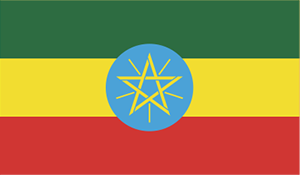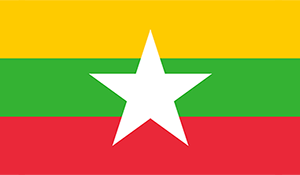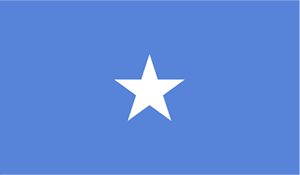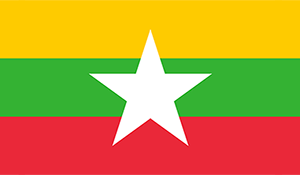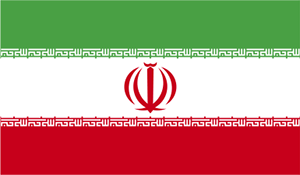20200813 – Media Release – WHO adopts resolution on elimination of cervical cancer
Australia has led the way by sponsoring a resolution at the most recent World Health Assembly calling for World Health Organization (WHO) Member States to adopt the WHO Global Strategy: Accelerating the Elimination of Cervical Cancer as a Public Health Problem.
VCS Foundation (VCS) and Pacific Friends of Global Health congratulate the Australian Government and Minister for Health, the Hon. Greg Hunt MP, on the successful endorsement of the resolution. This marks a strong global commitment to combating cervical cancer and reducing health inequities for women worldwide.
Cervical cancer is a preventable disease and curable if detected early through screening. Australia’s Professor Ian Frazer developed the human papillomavirus (HPV) vaccine Gardasil which has resulted in significant decreases in the incidence of cervical pre-cancers and invasive cancers in countries where it is widely available. Australia is also a world leader in screening, as one of the first countries to introduce HPV-based cervical screening in 2017.
Research by Adjunct Professor Karen Canfell at Cancer Council NSW found that as many as 74 million cases could be averted and 62 million lives could be saved if 78 of the poorest countries in the world are able to rapidly scale up HPV vaccination, cervical screening and access to cancer treatment services.
Associate Professor Helen Evans AO from the Pacific Friends of Global Health said, “Cervical cancer is one of the most preventable and curable cancers if diagnosed early and managed effectively. Tragically for many women in low income countries access to early diagnosis and treatment is limited. However, the HPV vaccine is a highly effective prevention measure with the potential to reduce cervical cancer globally by as much as 90%.”
“It was a major step forward when Gavi, the Vaccine Alliance made this vaccine available to lower income countries in 2012. Now this WHO endorsed resolution, sponsored by the Australian Government, is a further big step toward elimination,” said Associate Professor Evans AO.
Professor Marion Saville AM, Executive Director of VCS said, “Australia is a global leader in cervical cancer prevention programs, technology and research. We have one of the lowest cervical cancer incidence and mortality rates in the world.”
“It is imperative that we offer our support to less well-resourced countries to scale up HPV vaccination and cervical screening. Solutions must be locally driven to ensure they are acceptable to and suitable for local populations and health systems. Australia can offer assistance by providing technological expertise and sharing knowledge.”
“There is no doubt that the COVID-19 pandemic is going to hamper the global health community’s efforts to make HPV vaccination and HPV-based screening available to all girls and women. We have to find innovative ways to overcome this new challenge. Self-collected samples and rapid point of care testing will be crucial to provide safe and cost-effective screening.”
Associate Professor Lisa Whop from the Australian National University and the leading expert on cervical cancer control in Aboriginal and Torres Strait Islander women, said: “Aboriginal and Torres Strait Islander women continue to carry an inequitable burden of cervical cancer with incidence and mortality rates two and nearly four times higher than other Australians, respectively. Efforts must urgently address longstanding and unacceptable barriers to cervical screening for Aboriginal and Torres Strait Islander women.”
VCS is providing Australian expertise in cervical screening and rapid point of care HPV testing to the global health community, particularly to countries in our region including Malaysia, Papua New Guinea, Fiji and Samoa.
Cervical cancer is the fourth most common cancer among women globally and over 311,000 women died from the disease in 20182. The majority of women suffering this disease burden live in low- and middle-income countries; it is a disease of inequity.


